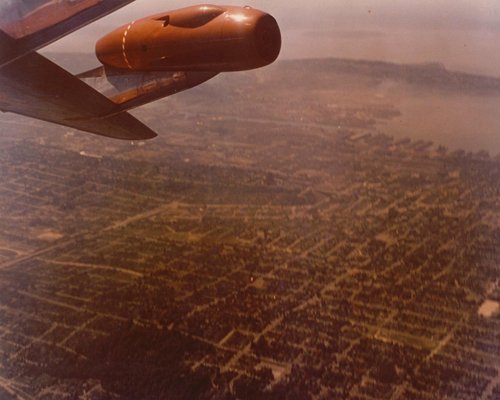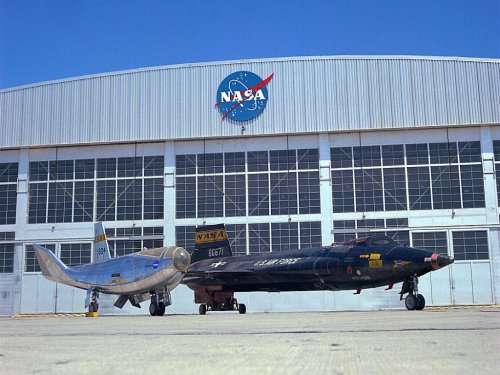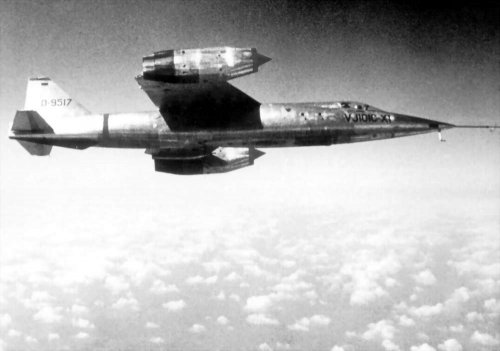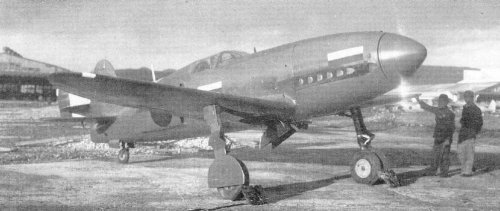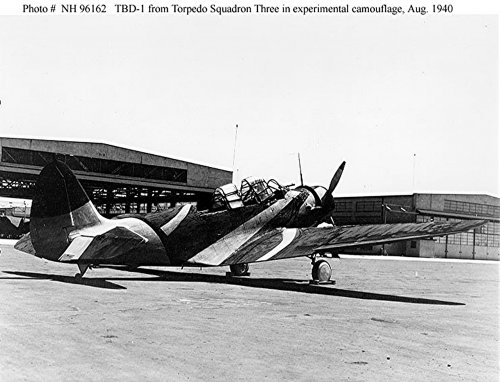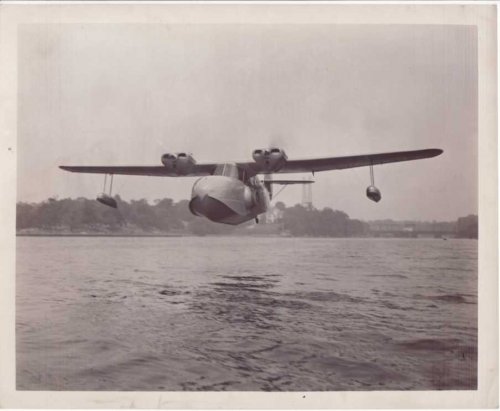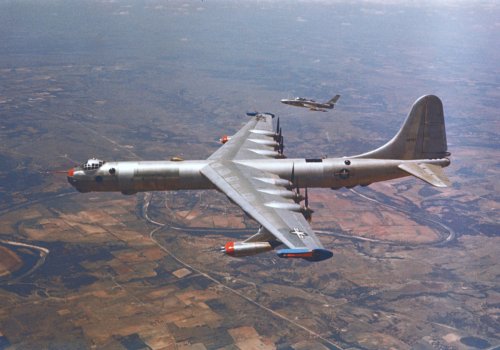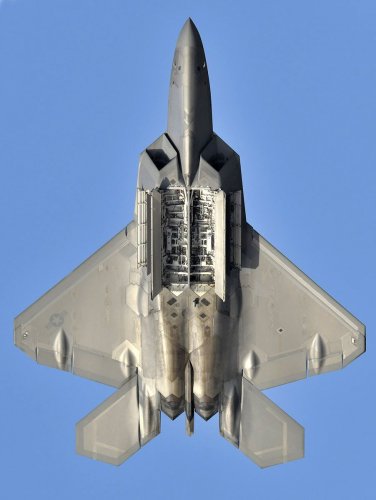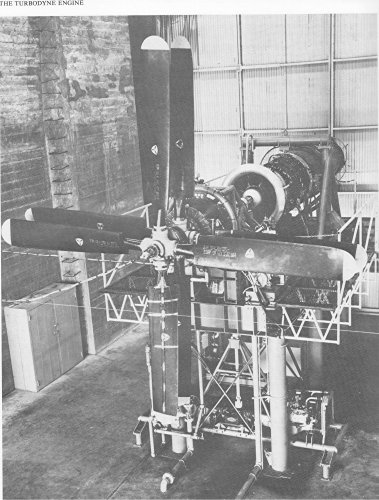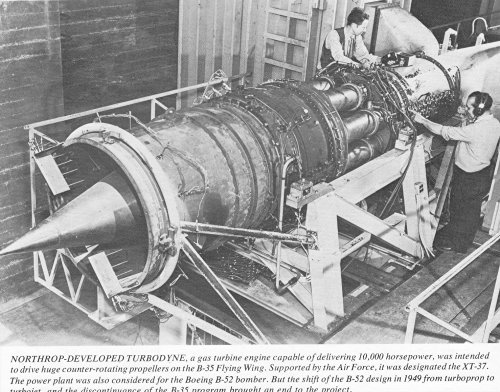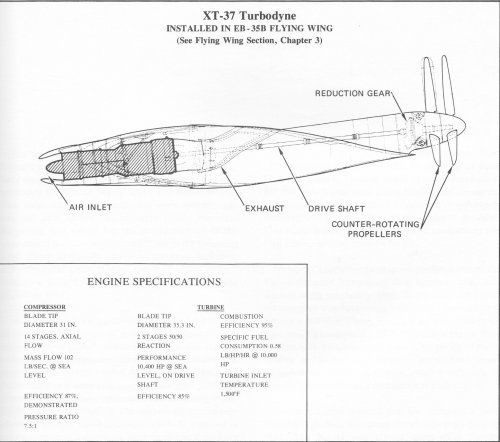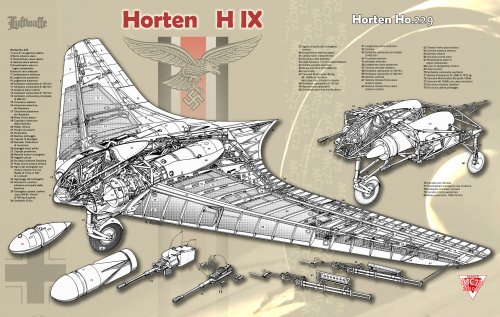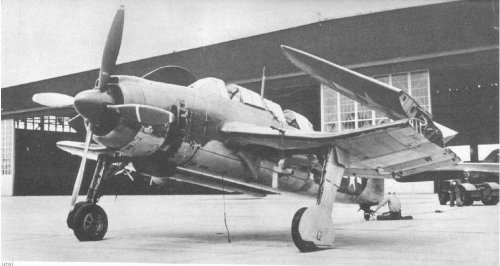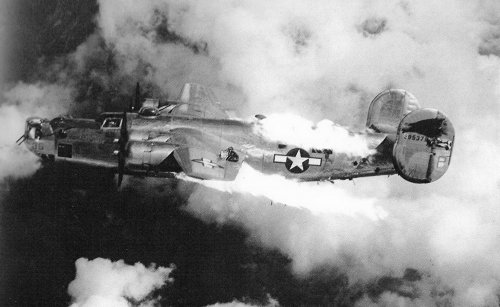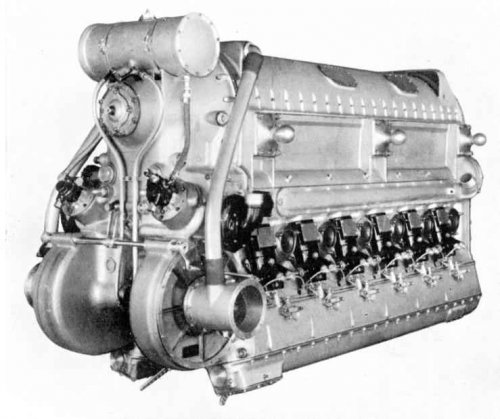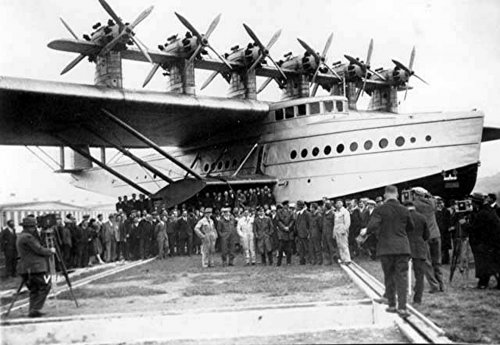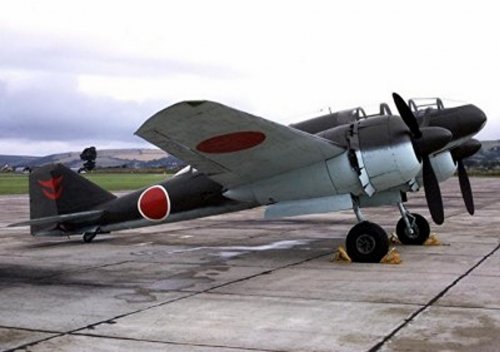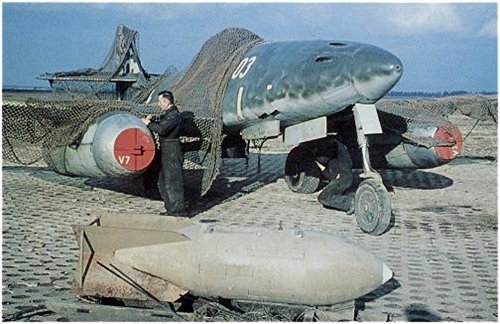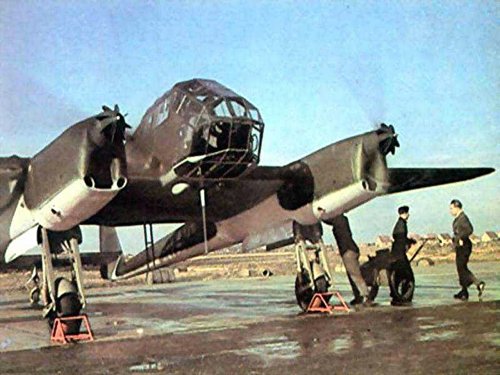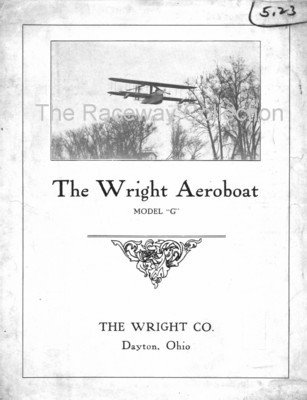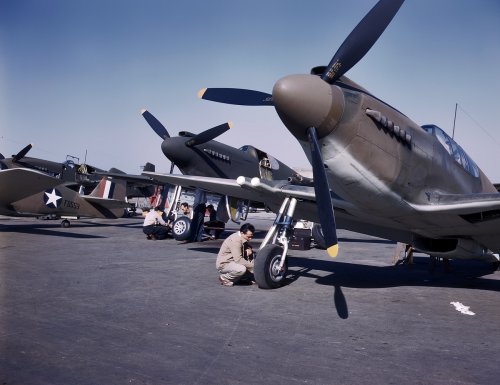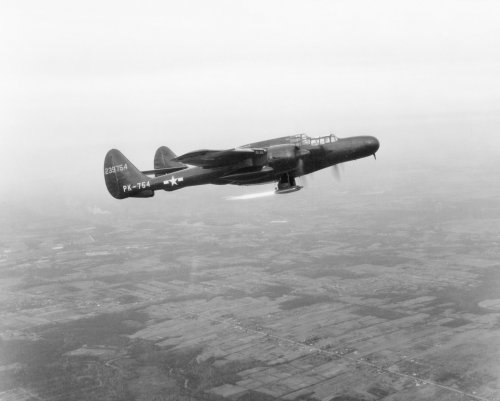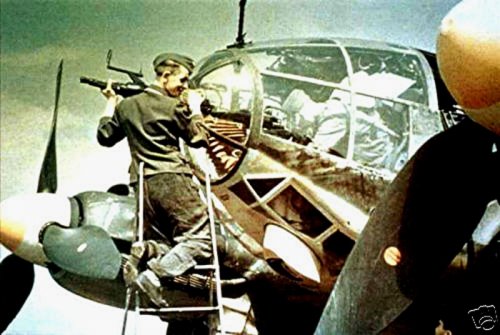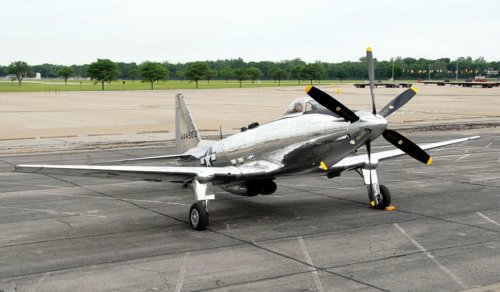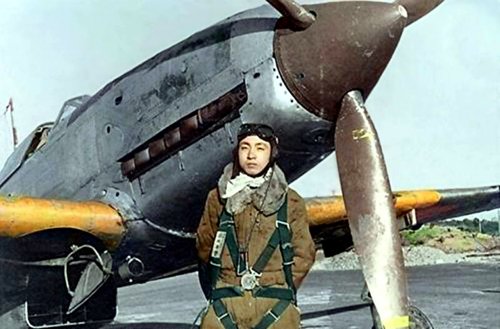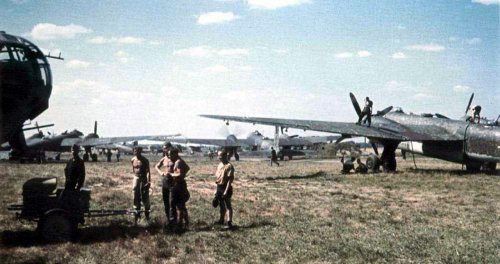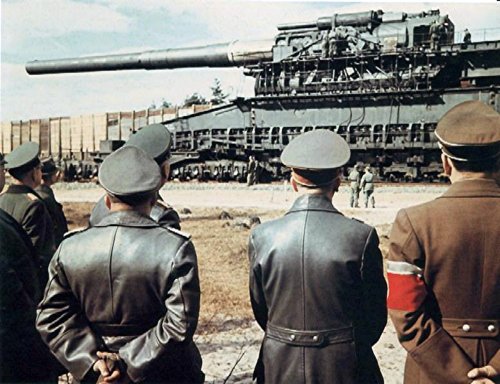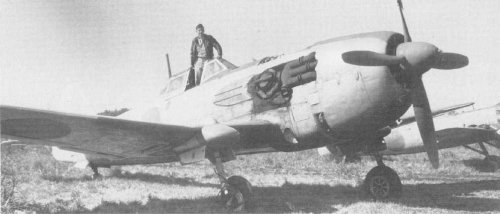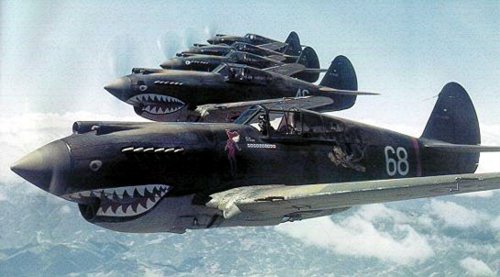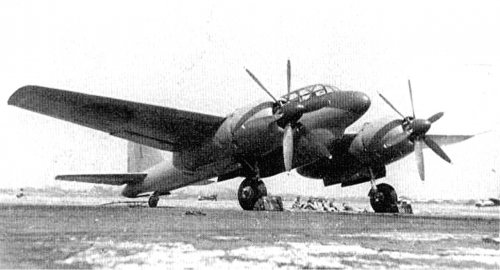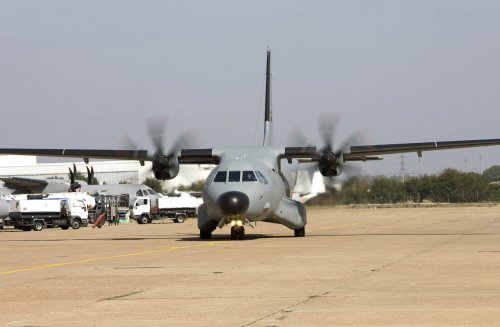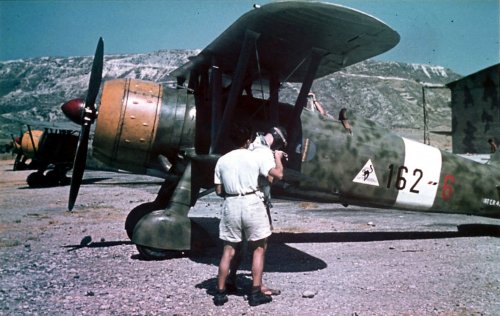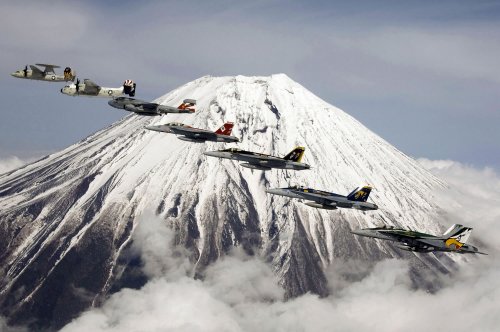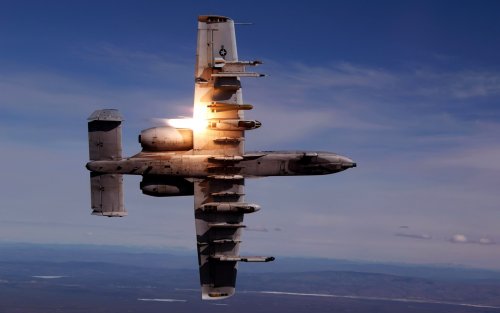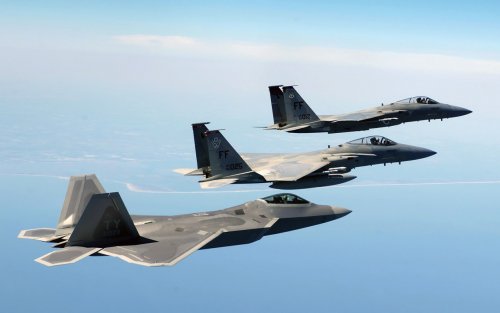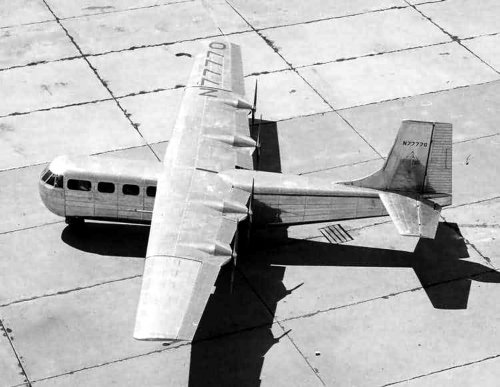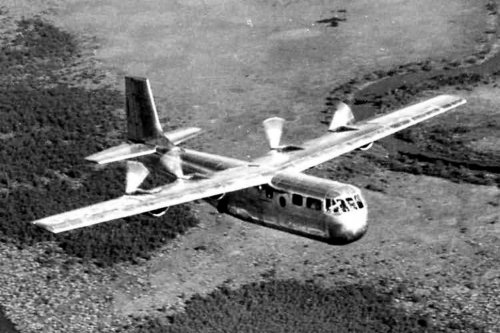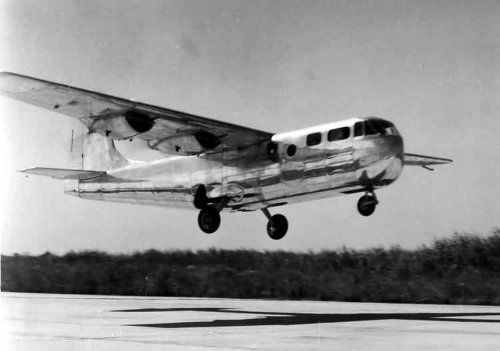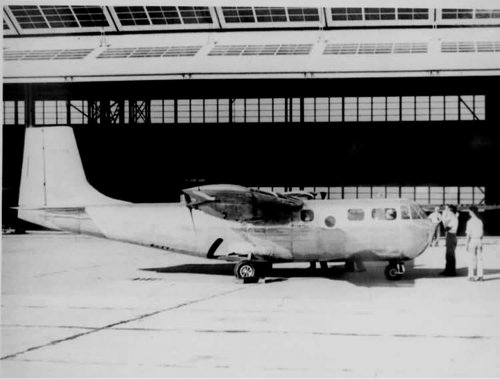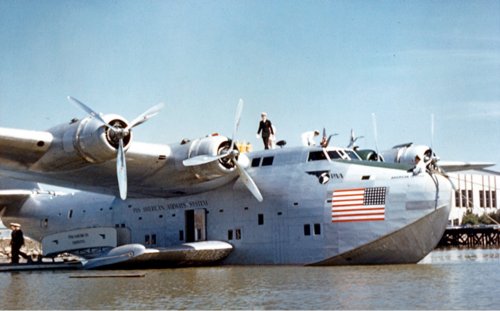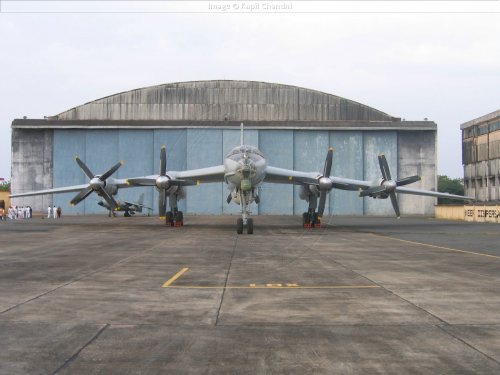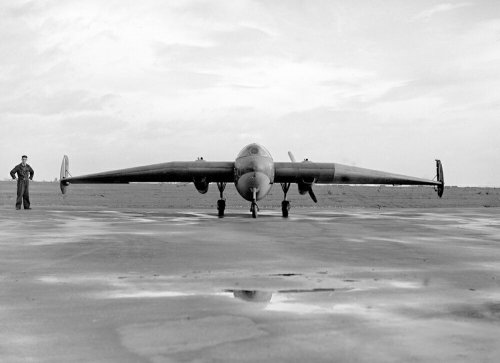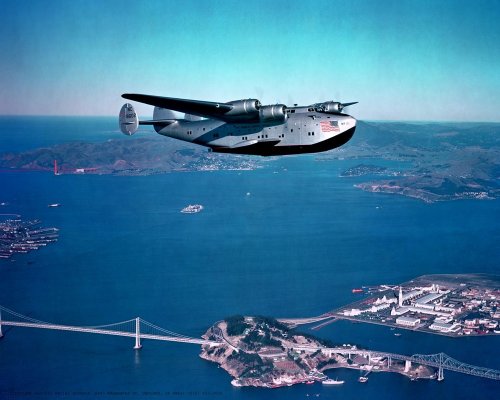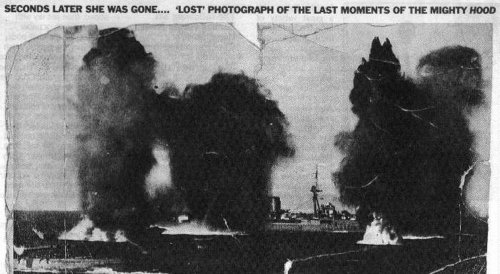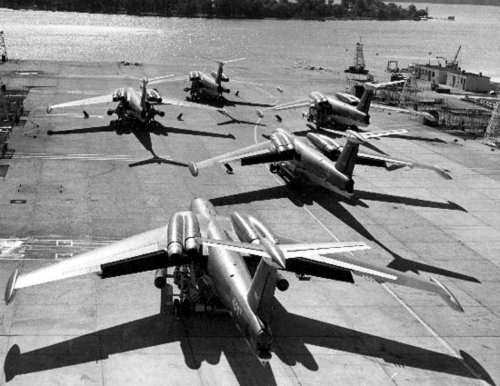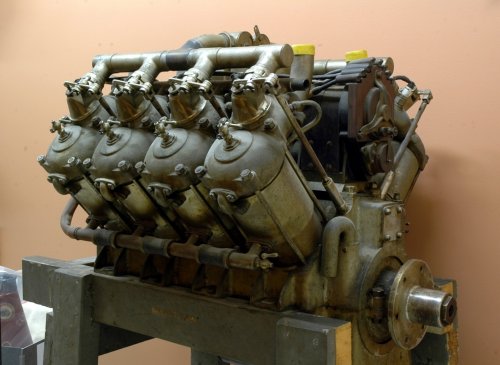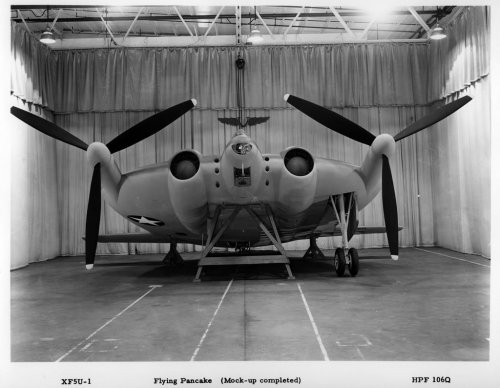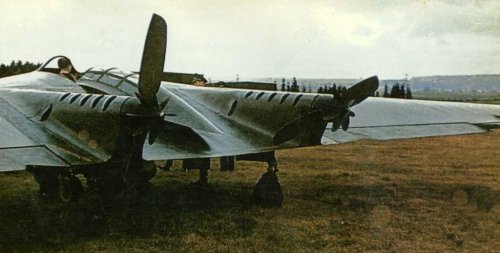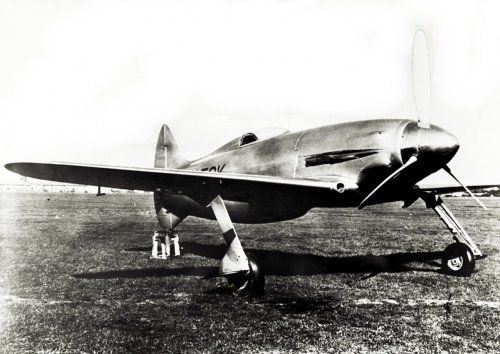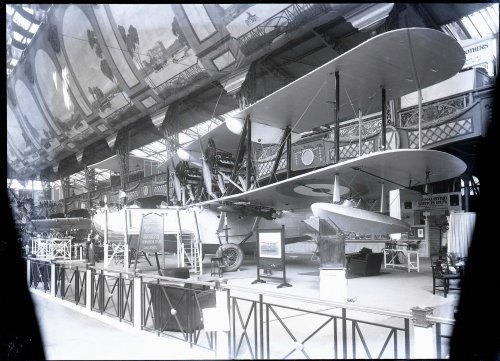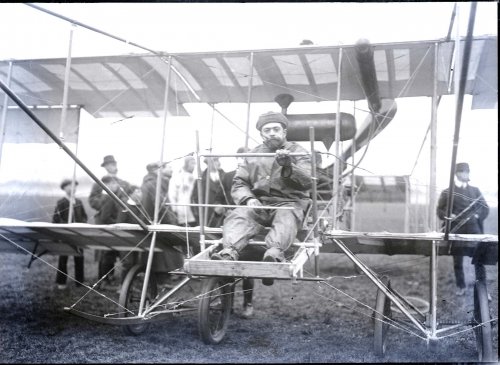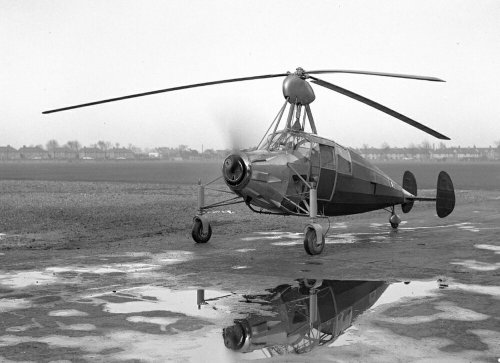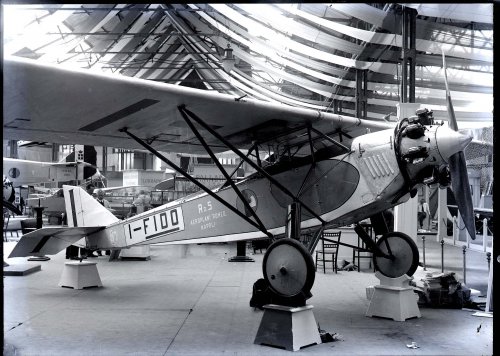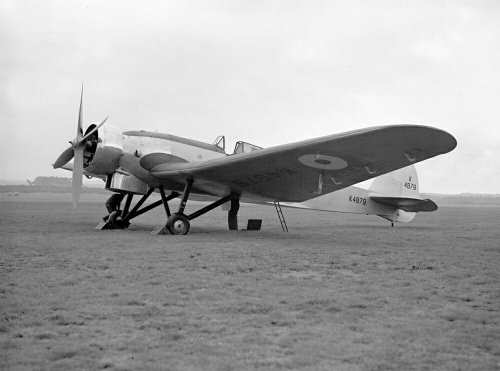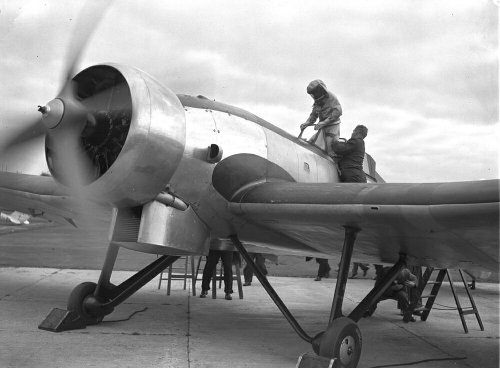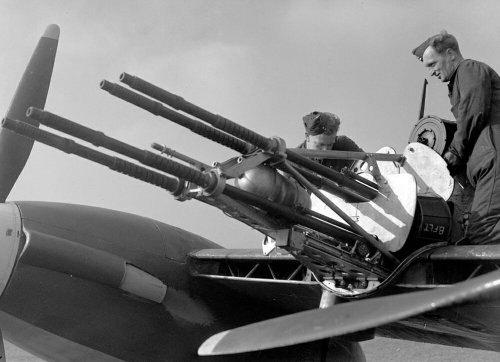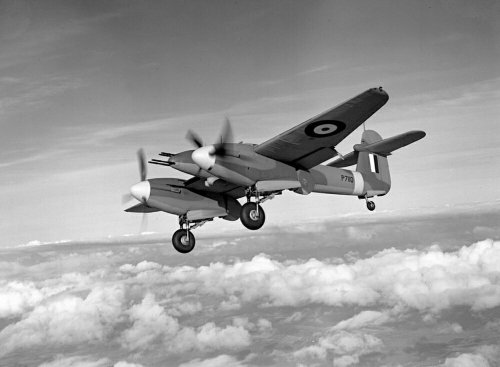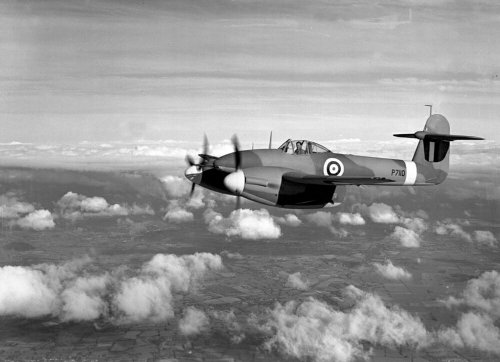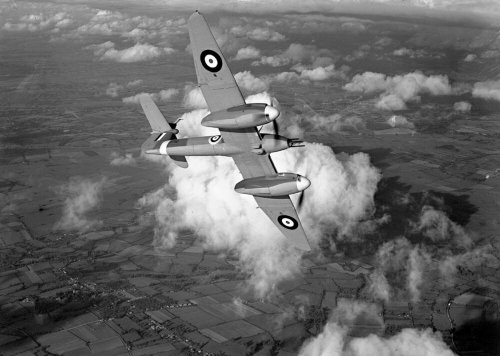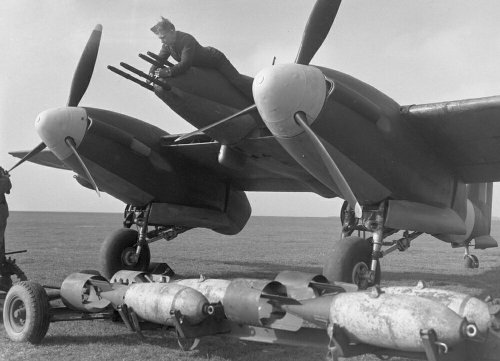Grover Loening was a towering figure in early aviation and a significant influence on his contemporaries and those that came later. Here's his mini bio from Aerofiles.com.
In the spirit of this group, and a challenge, here is a little piece from FLIGHT on a presentation by Loening in 1969 on a VTOL airliner concept:
The challenge is, does anyone have any illustrations of Loening's VTOL design?
GROVER LOENING
Born at Bremen, Germany, September 12, 1888. Died in Florida, February 29, 1976.
Pioneer, engineer, public servant, and prolific author Grover Cleveland Loening's father was US Consul-General in Germany. He received science and engineering degrees from Columbia College in 1908, and Columbia University in 1910 and 1911. After graduation, Loening joined a small company in New York building Blériots for exhibition pilots and, in 1912, built his own pioneer Aeroboat. In 1913 Orville Wright hired him as an assistant and as manager of the Dayton factory. In 1914 he was appointed Chief Aeronautical Engineer of the Army's Aviation Section in San Diego.
In 1917 he formed his original company, Loening Aeronautical Engineering Corp, to work on a Navy contract for a small plane that could be launched from a destroyer, and an Army contract for the M-8 Pursuit featuring pioneer use of rigid-strut bracing, patented by Loening and, 30 years later, still widely used. After the war, Loening produced the Flying Yacht that established world records and opened up the first significant market for private aircraft. For that he received the Collier Trophy for 1921. His next success was the novel Loening Amphibian—with the first practical retractable landing gear—used by the military, as well as airlines and private owners the world over. Among its historic records was the Army's famous Pan-American Goodwill Flight of 1926.
Loening Corp merged with the Curtiss-Wright Corp in 1928, and Loening subsequently formed Grover Loening Aircraft Co, building several research aircraft and establishing his first consulting engineering practice, for the Chase Bank, Fairchild Aircraft, Grumman Aircraft, Curtiss-Wright, and many others. During that period he was also a director of Pan Am.
When the National Air Museum was founded in 1948, President Truman selected Loening as the first of two civilian members for its advisory board, an appointment renewed by Presidents Eisenhower, Kennedy, and Johnson. He was awarded the Medal for Merit in 1946, Columbia University's Eggleston Medal in 1949, the Wright Memorial Trophy in 1950, the Air Force Medal in 1955, and the Guggenheim Medal in 1960 for "a lifetime devoted to the development of aeronautics in America." In 1966 he was awarded the Silver Wings plaque by that organization of aviators. As Director and Consulting Engineer of New York Airways, he contributed to the design of the Pan Am rooftop heliport in New York City. (— Jean Lail, NAHF)
Enshrined in National Aviation Hall of Fame 1969.
Books:
-- The Air Road Will Widen! Grover Loening (Wings Club 1969)
-- Amphibian: The Story Of The Loening Biplane; Grover Loening (NY Graphic Society 1973)
-- The Conquering Wing; Grover Loening (Chilton Book 1970)
-- 50 Years of Flying Progress; Grover Loening (USGPO 1955)
-- Military Aeroplanes; Grover Loening (Best 1917)
-- Military Aeroplanes Simplified; Grover Loening (Loening 1918)
-- Monoplanes and Biplanes; Grover Loening (Munn & Co 1911)
-- Our Wings Grow Faster; Grover Loening (Garden City 1935)
-- Takeoff Into Greatness; Grover Loening (Putnam 1968)
In the spirit of this group, and a challenge, here is a little piece from FLIGHT on a presentation by Loening in 1969 on a VTOL airliner concept:
A Pioneer's Ideas on VTOL
At the recent Air Transport Association Engineering Conference at Seattle, one of America's oldest aircraft designers, Grover Loening, gave his impressions of a possible large VTOL airliner. It would weigh 150,000 lb, he said, and its wing area would be about the same as that of the Boeing 727. There would be three 80ft-diameter two-bladed rotors, one at each wing-tip and one at the tail, each with its separate engine, and built very ruggedly. Disc loading would be 10 1b/sq ft, making autorotation possible; "cross connecting the engines for safety would be silly."
The use of tip-jet orifices was envisaged and there would be an opportunity for noise reduction. Rotor blades would fold one on top of the other and trail. The aircraft would need only four small wheels, and airbrakes, slots, flaps and reversers could be eliminated. Forward flight would be achieved by gradually shifting the pressure energy of the engines from tip-jet flow through the rotors to direct flow for forward thrust. Conventional ailerons and tail surfaces would be used in horizontal flight. Mr Loening said the idea was "a bit of a dream, but not too unattainable."
The challenge is, does anyone have any illustrations of Loening's VTOL design?

